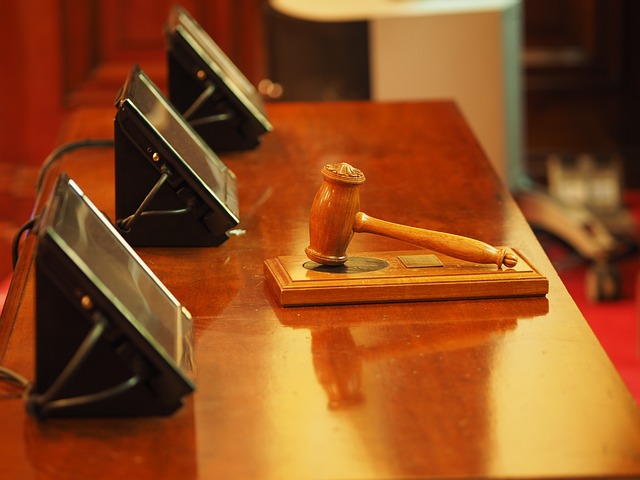
Overview of the Chapter: Judiciary
The chapter on Judiciary in the CBSE Grade 8 Social Studies curriculum introduces students to the role and importance of the judiciary in a democratic country like India. It explains the structure of the judiciary, its functions, and its significance in upholding the rule of law and protecting citizens' rights.
Judiciary: The judiciary is the system of courts that interprets and applies the law in the name of the state. It also provides a mechanism for the resolution of disputes.
Structure of the Judiciary in India
The Indian judiciary is structured in a hierarchical manner, consisting of the following levels:
- Supreme Court: The highest court in India, located in New Delhi.
- High Courts: Each state has a High Court, which is the highest court at the state level.
- District Courts: These courts operate at the district level and handle most of the cases.
- Subordinate Courts: These include lower courts like Sessions Courts, Magistrate Courts, etc.
Functions of the Judiciary
The judiciary performs several critical functions in a democracy:
- Dispute Resolution: It resolves disputes between individuals, between individuals and the government, and between different states or governments.
- Judicial Review: It has the power to review laws and actions of the government to ensure they comply with the Constitution.
- Protection of Fundamental Rights: It safeguards the fundamental rights of citizens enshrined in the Constitution.
- Upholding the Rule of Law: It ensures that everyone, including the government, is subject to the law.
Judicial Review: The power of the judiciary to examine and invalidate laws or actions of the government if they violate the Constitution.
Independent Judiciary
An independent judiciary is essential for a functioning democracy. It ensures that the judiciary can make decisions without any influence from the government or other powerful entities. Key features of an independent judiciary include:
- Judges are appointed based on merit and not by the government's discretion.
- Judges have security of tenure and cannot be removed easily.
- The judiciary has its own budget and administrative system.
Public Interest Litigation (PIL)
Public Interest Litigation (PIL) is a legal mechanism that allows any citizen or organization to file a case in the court on behalf of those whose rights are being violated but who cannot approach the court themselves. PIL has played a significant role in protecting the rights of marginalized groups and ensuring justice.
Public Interest Litigation (PIL): A legal action initiated in a court for the enforcement of public interest where the public or a class of the community has some interest.
Conclusion
The judiciary is a cornerstone of democracy, ensuring justice, equality, and the protection of rights for all citizens. Understanding its structure and functions helps students appreciate its role in maintaining the rule of law and upholding the principles of the Constitution.
